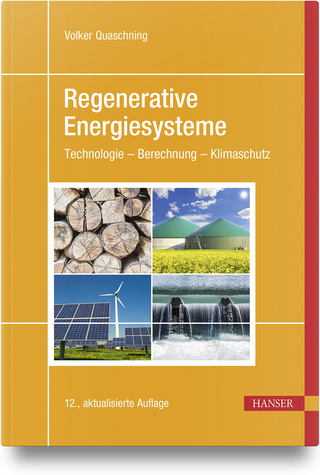
Nanocomposite-Based Electronic Tongue
Carbon Nanotube Growth by Chemical Vapor Deposition and Its Application
Seiten
2017
|
1st ed. 2018
Springer International Publishing (Verlag)
978-3-319-66847-5 (ISBN)
Springer International Publishing (Verlag)
978-3-319-66847-5 (ISBN)
This book describes the fabrication of a frequency-based electronic tongue using a modified glassy carbon electrode (GCE), opening a new field of applying organic precursors to achieve nanostructure growth. It also presents a new approach to optimizing nanostructures by means of statistical analysis.
The chemical vapor deposition (CVD) method was utilized to grow vertically aligned carbon nanotubes (CNTs) with various aspect ratios. To increase the graphitic ratio of synthesized CNTs, sequential experimental strategies based on response surface methodology were employed to investigate the crystallinity of CNTs. In the next step, glucose oxidase (GOx) was immobilized on the optimized multiwall carbon nanotubes/gelatin (MWCNTs/Gl) composite using the entrapment technique to achieve enzyme-catalyzed oxidation of glucose at anodic potentials, which was drop-casted onto the GCE. The modified GCE's performance indicates that a GOx/MWCNTs/Gl/GC electrode can be utilized as a glucose biosensor with a high direct electron transfer rate between GOx and MWCNTs/Gl. It was possible to use the fabricated biosensor as an electronic tongue thanks to a frequency-based circuit attached to the electrochemical cell. The results indicate that the modified GCE (with GOx/MWCNTs/Gl) holds promising potential for application in voltammetric electronic tongues.
The chemical vapor deposition (CVD) method was utilized to grow vertically aligned carbon nanotubes (CNTs) with various aspect ratios. To increase the graphitic ratio of synthesized CNTs, sequential experimental strategies based on response surface methodology were employed to investigate the crystallinity of CNTs. In the next step, glucose oxidase (GOx) was immobilized on the optimized multiwall carbon nanotubes/gelatin (MWCNTs/Gl) composite using the entrapment technique to achieve enzyme-catalyzed oxidation of glucose at anodic potentials, which was drop-casted onto the GCE. The modified GCE's performance indicates that a GOx/MWCNTs/Gl/GC electrode can be utilized as a glucose biosensor with a high direct electron transfer rate between GOx and MWCNTs/Gl. It was possible to use the fabricated biosensor as an electronic tongue thanks to a frequency-based circuit attached to the electrochemical cell. The results indicate that the modified GCE (with GOx/MWCNTs/Gl) holds promising potential for application in voltammetric electronic tongues.
Dr. Amin TermehYousefi is a visiting research scholar and his research interests are in the areas of synthesis carbon nanomaterials (CNTs, graphene oxide, 3D graphene and graphene nanoribbons) as well as conductive polymers (polypyrrole and polyaniline) to fabricate electrochemical and electromechanical sensors. Besides, Dr. Amin has developed his research to brain-like circuits, single-walled carbon nanotube-atomic force microscopy tips, artificial fingers and artificial fingers based on haptic sensors.
Introduction.- Literature Review.- Experimental Procedures and Materials.- Results and Discussions.- Conclusions.
| Erscheinungsdatum | 14.11.2017 |
|---|---|
| Reihe/Serie | Springer Series in Materials Science |
| Zusatzinfo | XIII, 101 p. 45 illus., 35 illus. in color. |
| Verlagsort | Cham |
| Sprache | englisch |
| Maße | 155 x 235 mm |
| Gewicht | 344 g |
| Themenwelt | Technik ► Elektrotechnik / Energietechnik |
| Technik ► Maschinenbau | |
| Schlagworte | Biological and Medical Physics, Biophysics • biomedical engineering • Biophysics • Carbon Nanotube-Based Biosensors • Chemical Vapour Deposition • Chemistry and Materials Science • electronic devices & materials • Electronic devices & materials • Glucose Biosensor • Materials Science • medical physics • Nanomaterials Growth and Optimization • nanoscale science and technology • nanotechnology • optical and electronic materials • Optimized carbon nanotube • Physical Chemistry • Pulse Generation • Purification of Carbon nanotubes |
| ISBN-10 | 3-319-66847-1 / 3319668471 |
| ISBN-13 | 978-3-319-66847-5 / 9783319668475 |
| Zustand | Neuware |
| Haben Sie eine Frage zum Produkt? |
Mehr entdecken
aus dem Bereich
aus dem Bereich
Technologie – Berechnung – Klimaschutz
Buch | Hardcover (2023)
Hanser (Verlag)
CHF 55,95


